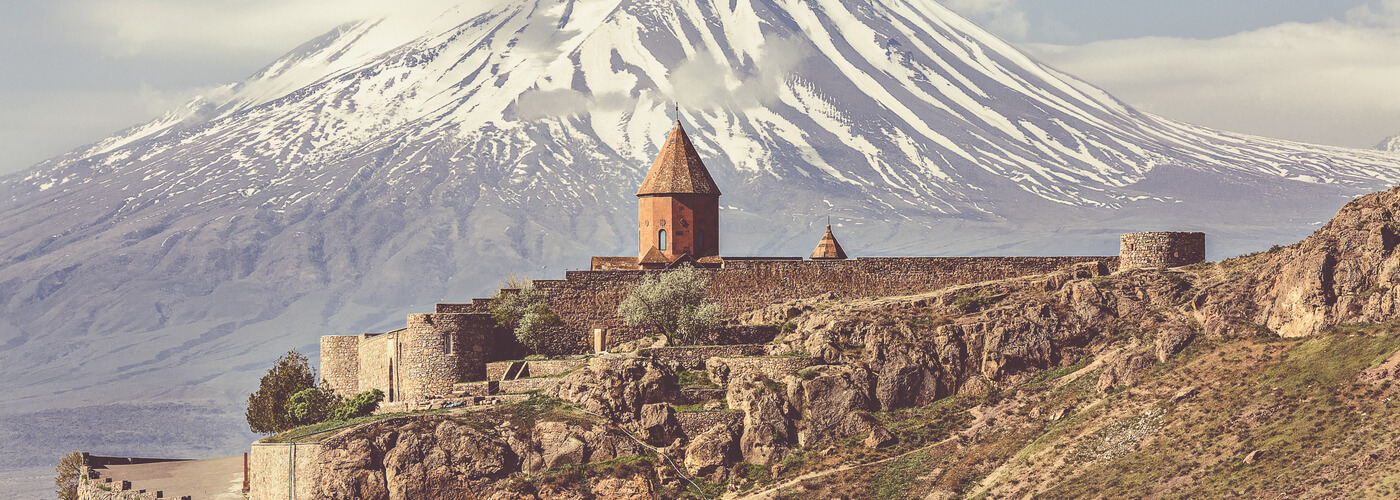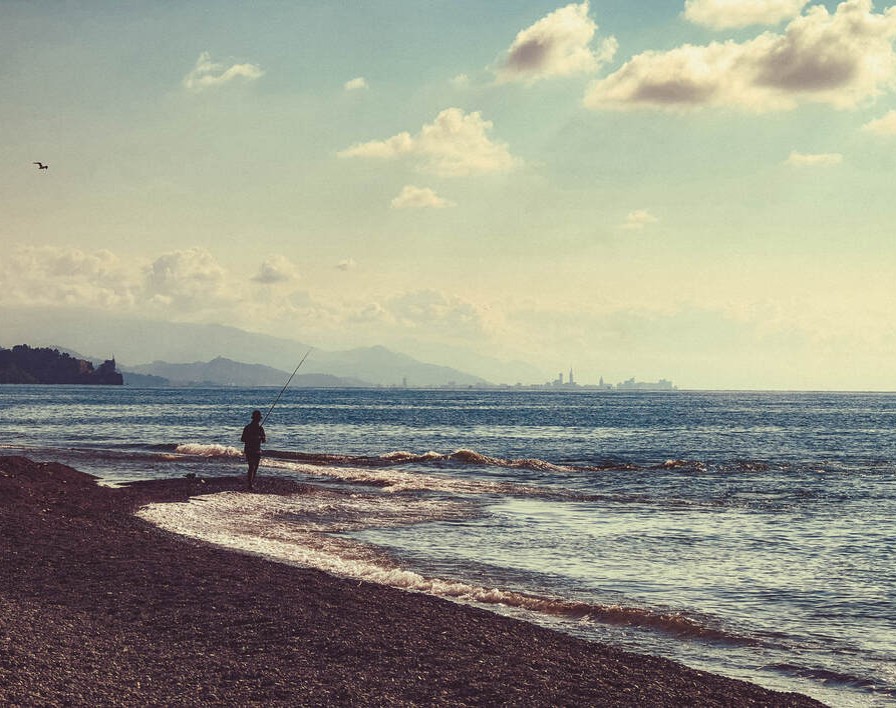- 4
- 1
- 2
- 3
- 3
- 2
- 2
- 2
- 4
- 2
- 4
- 4
- 1
- 1
- 1
- 1
- 1
- 1
- 1
- 1
- 1
- 3
- 3
- 1
- 3
- 3
- 3
Khor Virap
Province Ararat, Armenia

For Armenians, the Khor Virap Monastery is one of the most important religious and cultural sites in the country. The monastery, which was also visited by Pope Francis in 2016, is located only about 40 kilometers south of Yerevan, making it a must for tourists in Armenia.
Not only the monastery complex itself but also the surrounding nature and the view of the holy mountain Ararat make a visit to Khor Virap a unique experience. The summit of Ararat, where Noah’s Ark is said to have once been stranded, is often veiled by clouds. But if you are lucky, there is hardly a better place to admire the mystical 5’137 meter high mountain. Although the Ararat is now on Turkish territory (the border runs within sight of the monastery), the five-thousand-meter peak has remained a national symbol of the Armenians to this day.
Legend of the «Deep Dungeon»
Like Ararat, the monastery Khor Virap is a special place for the locals. Translated Khor Virap means «deep dungeon». And at the latest when one descends within the monastery complex through one of two holes in the ground and over a long ladder into the underground prison, one realizes why the monastery is called so. St. Gregory is said to have been imprisoned in these cave cells by King Trdat III for 13 years towards the end of the 3rd century in order to dissuade him from his Christian faith. Whether it is really the underground dungeon where Khor Virap stands today, or whether it happened in another nearby cave, nobody knows with one hundred percent certainty.
Neither imprisonment nor torture could harm Gregor. And so King Trdat III, who was meanwhile suffering from an incurable skin disease, released him after 13 years because he hoped to be cured by the unbending Gregor. But not only that: in 301 the king decided that the Armenians should be the first people in the world to officially adopt Christianity as the state religion.
Other buildings worth seeing in the Virap Monastery are St. George’s Chapel, built in 642 and subsequently restored several times, and the Church of Our Lady, built in the 17th century.
Trips to Khor Virap

Highly recommended if you want to discover all three countries of the South Caucasus with all its facettes during just one trip.
- Jan
- Feb
- Mar
- Apr
- May
- Jun
- Jul
- Aug
- Sep
- Oct
- Nov
- Dec

